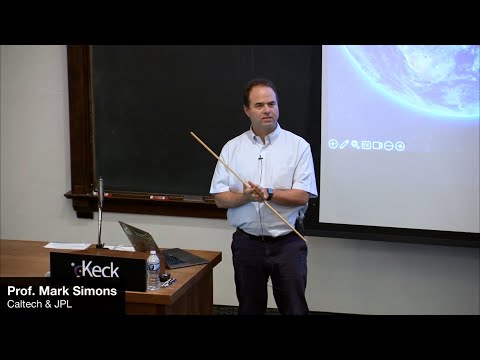Description:
Explore the groundbreaking NASA-ISRO Synthetic Aperture Radar (NISAR) satellite mission in this informative lecture by Prof. Mark Simons, John W. and Herberta M. Miles Professor of Geophysics and chief scientist at JPL. Delve into the basics of remote sensing and learn about NISAR's innovative technology, including its synthetic aperture radar and reflector antenna. Discover how NISAR will revolutionize Earth observation, providing unprecedented global coverage and insights into solid Earth science, hydrology, and disaster assessment. Examine real-world applications through case studies in Iceland, California's Central Valley, and Saudi Arabia. Understand the mission's potential impact on earthquake cycle monitoring, GPS integration, and atmospheric studies. Gain insight into the collaborative efforts between NASA and ISRO, and learn why scientists are excited about NISAR's capabilities for advancing our understanding of Earth's dynamic systems.

NISAR: The Next Phase in Remote Sensing of the Earth
Add to list
#Engineering
#GIS
#Remote Sensing
#Science
#Earth Science
#Hydrology
#Computer Science
#Information Technology
#GPS
#Geophysics
#Physics
#Interferometry